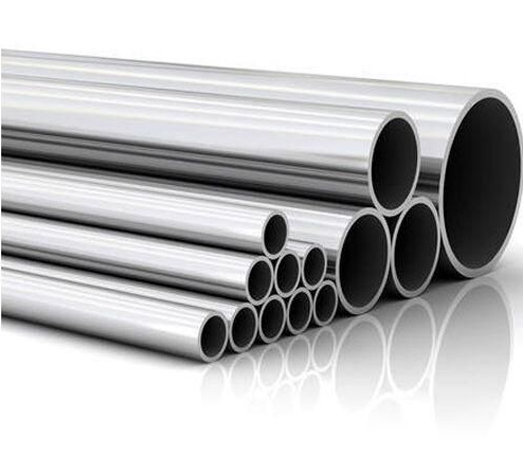| Feature | Pipe | Tube |
|---|---|---|
| Purpose | Transporting fluids | Structural, mechanical use |
| Measurement | Nominal diameter (NPS) | Actual OD and wall thickness |
| Tolerances | Looser | Tighter |
| Shapes Available | Mostly round | Round, square, rectangular |
| Cost | Generally cheaper | Slightly more expensive |

Pipe
A hollow cylindrical section primarily used to transport fluids (liquids or gases). Measured by nominal pipe size (NPS) and schedule (wall thickness).
Tube
Also a hollow section, but often used in structural or mechanical applications. Tubes are measured by outside diameter (OD) and wall thickness with tighter tolerances.
Key Differences: Pipe vs. Tube
Types of Pipes and Tubes
Based on Material
Based on Manufacturing Method
Applications
| Industry | Pipe Use | Tube Use |
|---|---|---|
| Oil & Gas | Transporting oil, Gas, Steam | Drilling tools, Casing |
| Construction | Water Supply, Sewage | Scaffolding, Support Frames |
| Automotive | Exhaust Systems | Fuel Lines, Structural Parts |
| HVAC | Chillers, Ventilation | Coils, Heat Exchangers |
| Medical | NA | Surgical Instruments |
| Furniture | NA | Frames, Rails, Legs |